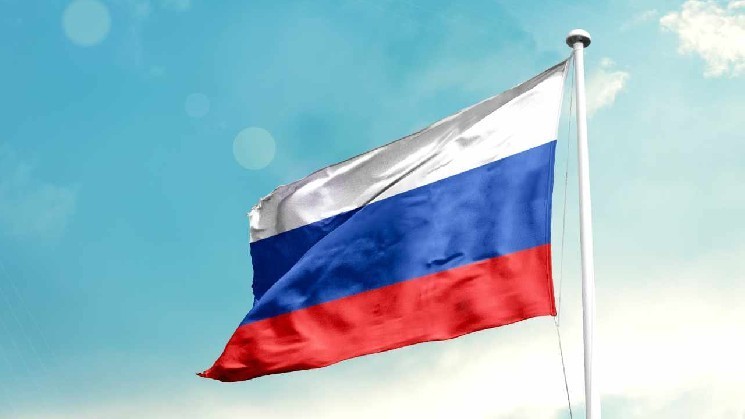World Liberty's USD1 Stablecoin Gains Traction as Firms Diversify Crypto Holdings
Coin WorldThursday, Jun 26, 2025 12:38 am ET
![]() 1min read
1min read
World Liberty Financial, co-founded by Zak Folkman, is experiencing a significant increase in interest from major public firms that are exploring the adoption of crypto assets beyond Bitcoin. On June 25, 2025, Folkman disclosed that several companies have expressed interest in utilizing the USD1 stablecoin for treasury management, following a model similar to that pioneered by Michael Saylor’s firm, Strategy.
Folkman predicted that USD1 could become the world’s leading stablecoin by market capitalization, potentially surpassing Tether’s USDT, which currently holds a circulating supply of over $156 billion. “We’ve tackled the structural challenges. Now it’s just a matter of time,” said Folkman, indicating that significant adoption is imminent.
Public companies such as Goodfood Market Corp., Semler Scientific Inc., and Trump Media & Technology Group Corp. have already adopted or proposed holding crypto on their balance sheets. However, instead of focusing solely on Bitcoin, some firms are diversifying their crypto holdings. For instance, Upexi Inc. recently raised $100 million to purchase Solana (SOL) for its reserves, while Sharplink Inc. holds $425 million worth of Ethereum (ETH). This shift signals a move away from the Bitcoin-centric treasury model towards multi-token strategies.
World Liberty’s USD1 stablecoin, currently valued at $2.1 billion, is positioning itself against established competitors like Circle’s USDC and Tether’s USDT. The potential passage of the Genesis Act, a U.S. Senate-approved stablecoin regulation, has further boosted confidence in dollar-pegged digital assets. Traditional fintech firms are also entering the stablecoin race. Fiserv recently announced its upcoming FIUSD token, backed by Paxos and Circle, set for launch by year’s end. This token aims to integrate stablecoins into mainstream banking and payments.
Financial analysts view stablecoins as increasingly strategic assets. According to analysts, Fiserv’s rapid stablecoin innovation reflects an industry-wide transformation. “This marks a decisive step in merging legacy banking with blockchain infrastructure,” the firm noted. Stablecoins are increasingly used for cross-border payments, transaction speed, and digital finance access, reflecting the evolution of decentralized finance from a niche market to a necessity.









